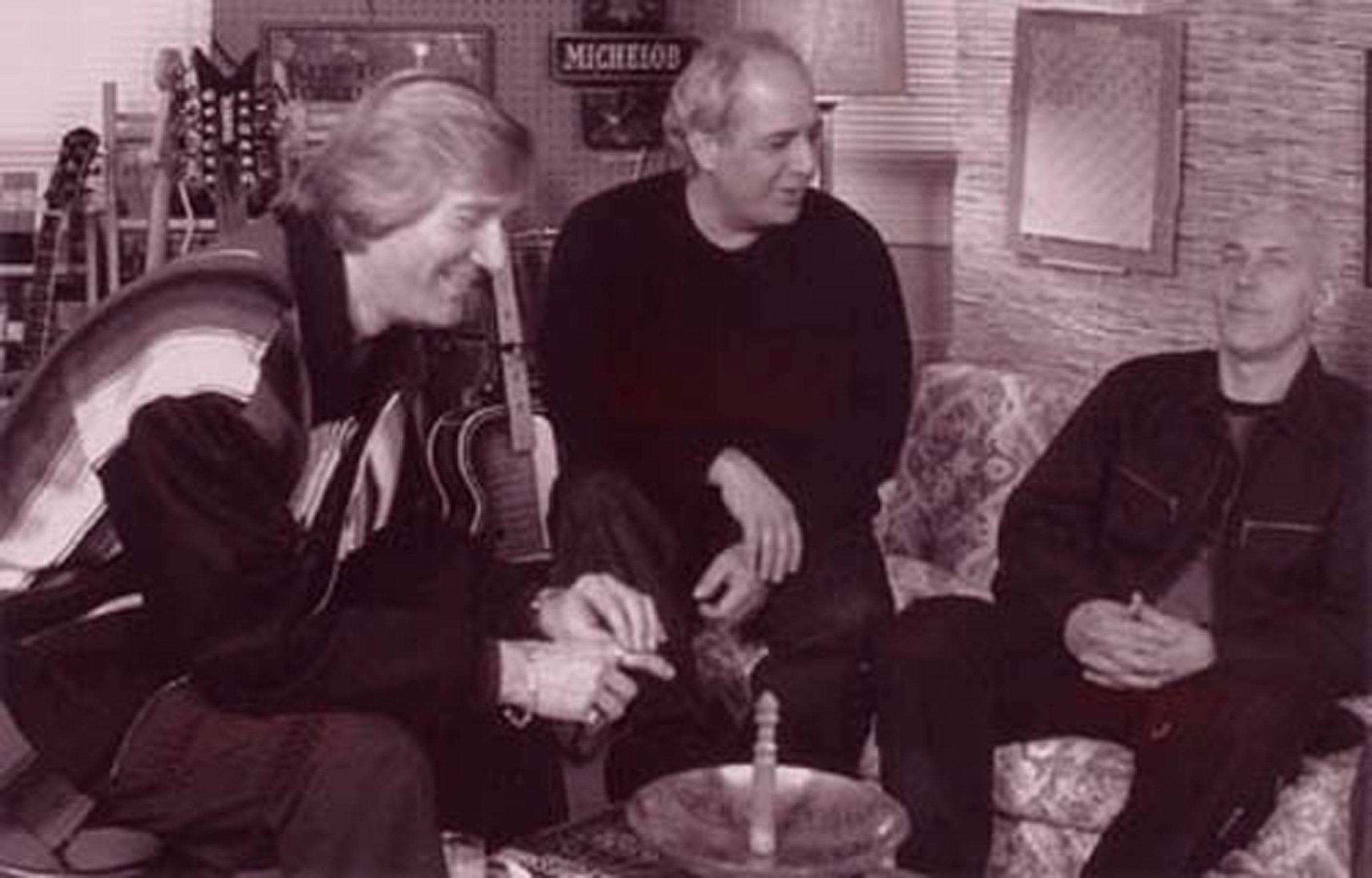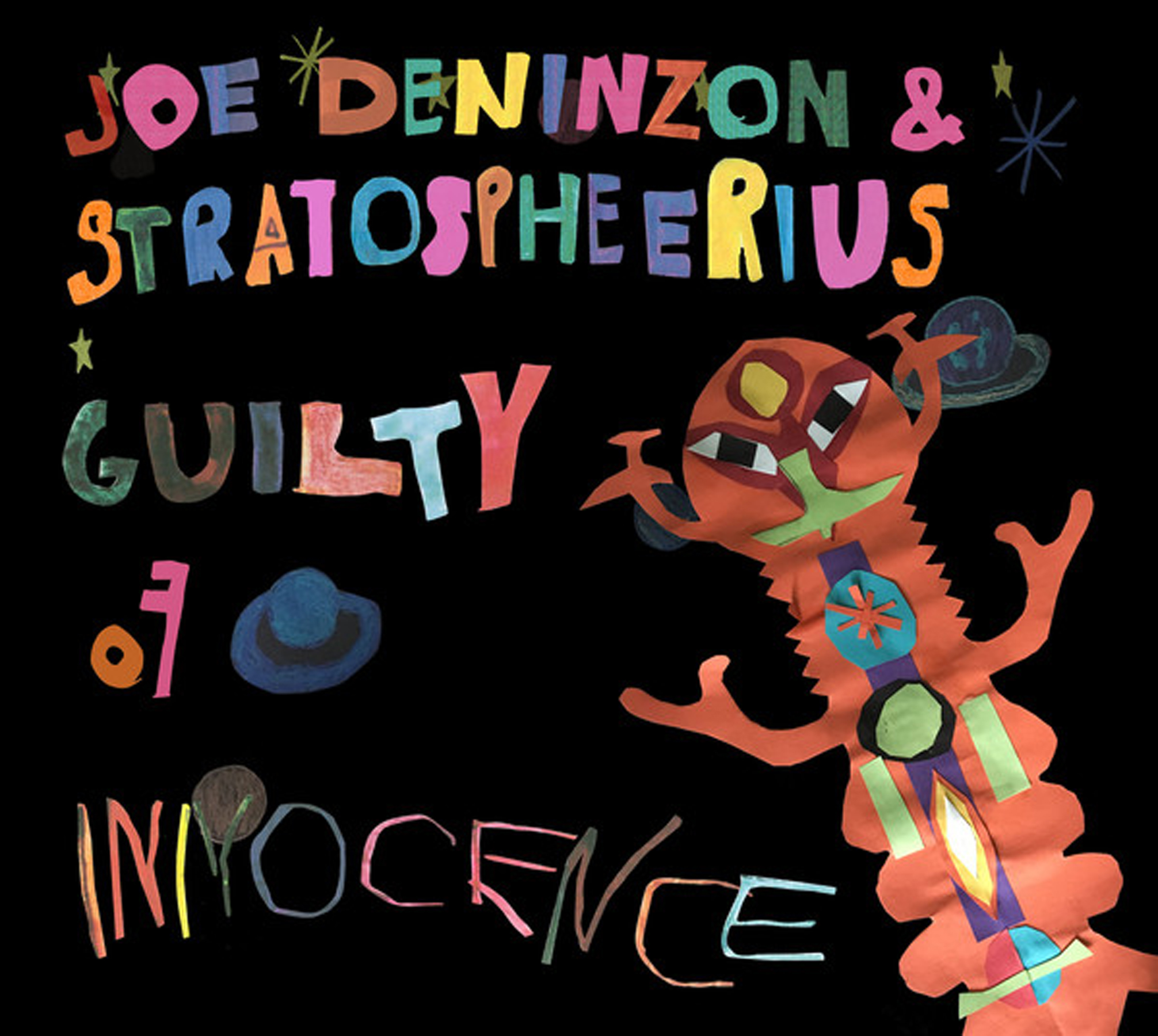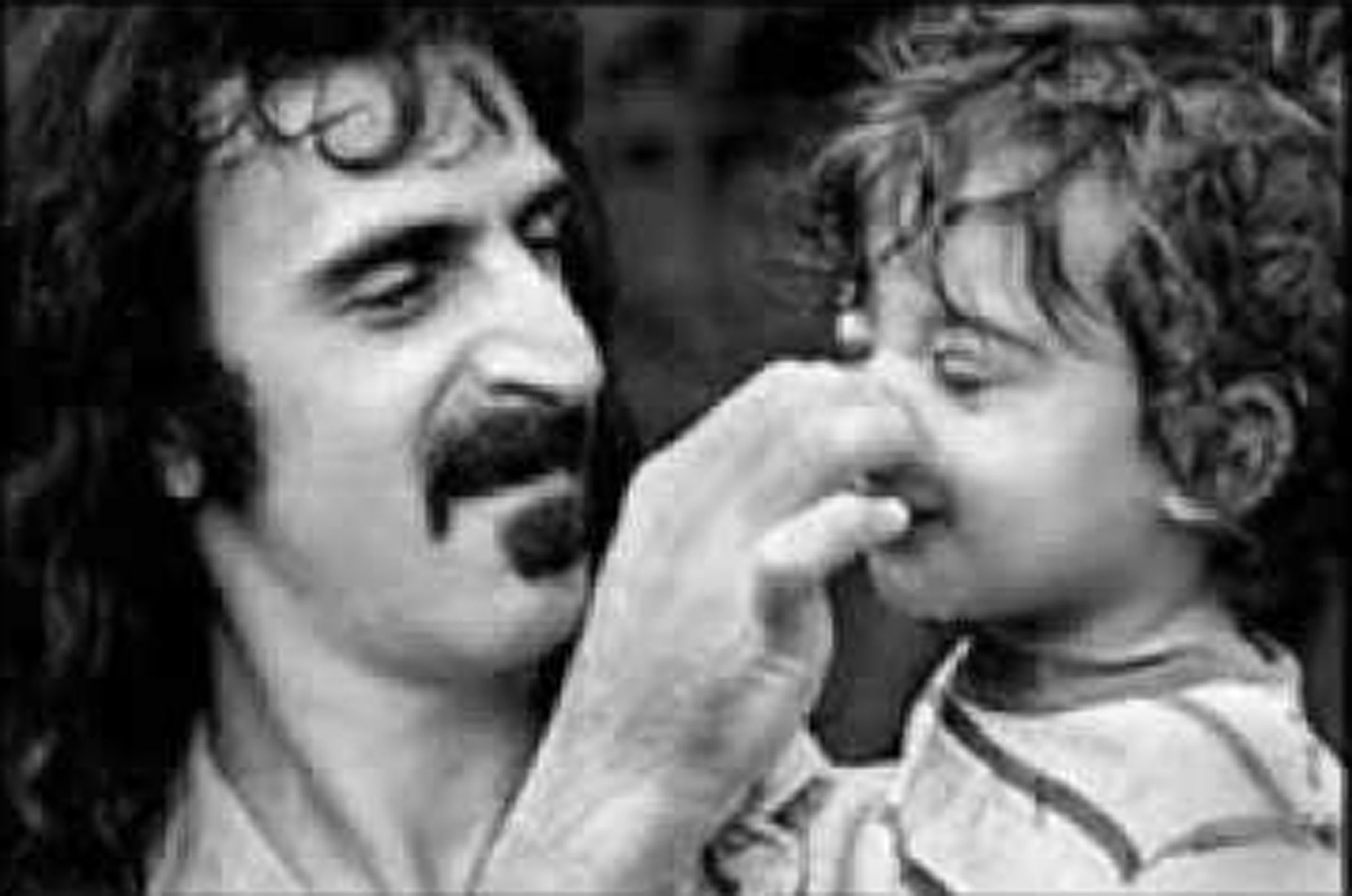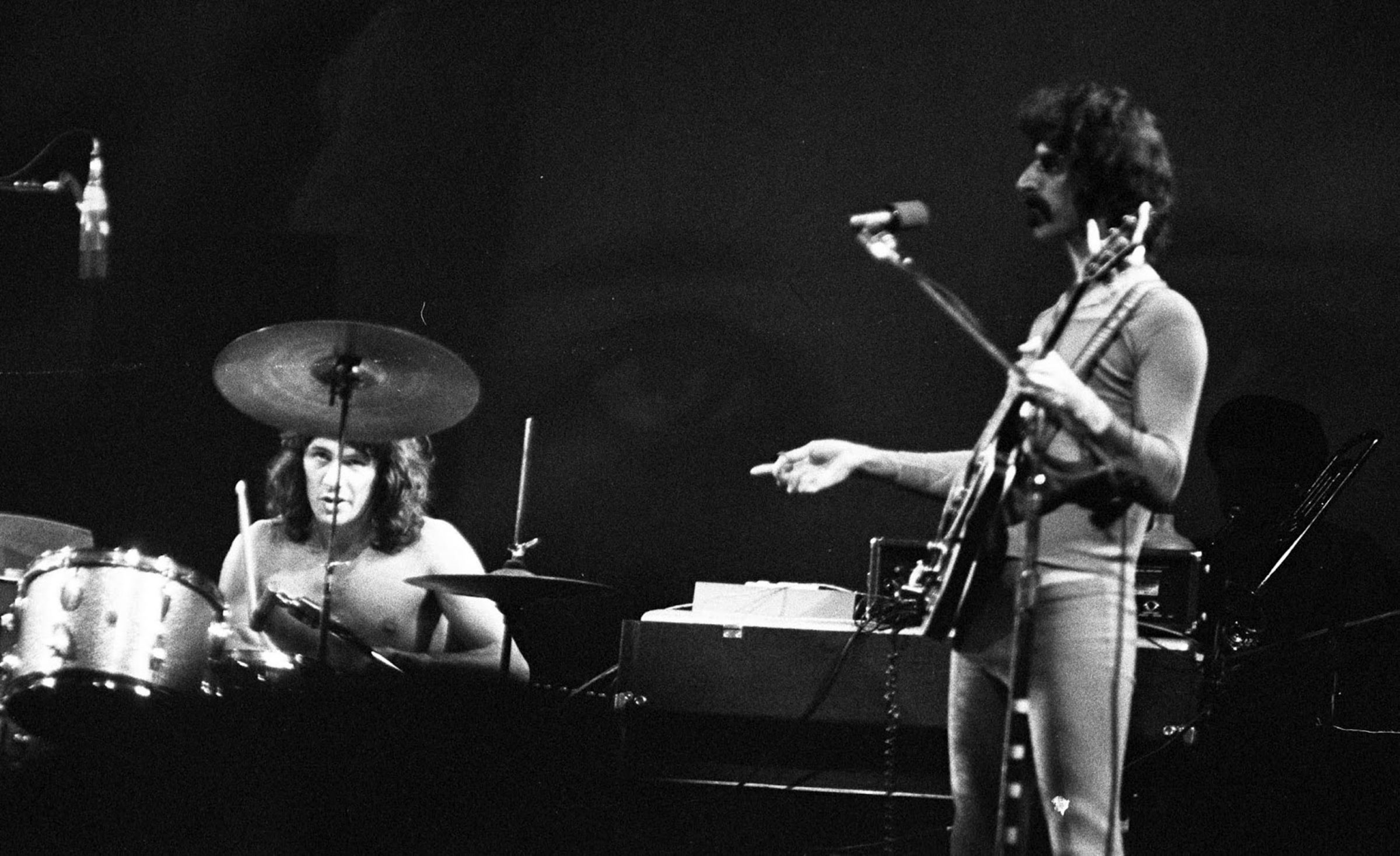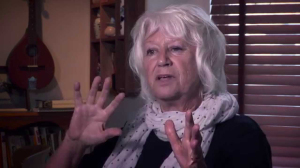(BLUE ELAN RECORDS; 2020)

Jon Anderson has one of the most instantly recognizable voices in the world; as lead vocalist for prog rock titans Yes for the bulk of their storied career, his pipes became the vocal signature on dozens of vibrant rock classics such as “And You and I,” “Roundabout” and “Heart of the Sunrise.” Why Anderson is not still with Yes can best be left to another discussion, but the man still has a commanding, healthy sounding voice; he hardly seems to have aged at all despite his nearly 75 years of age. 1000 HANDS, Anderson’s latest opus, has been gestating for a number of years and earned its title at least partly from the exaggerated number of individuals who contributed to it. That includes former Yes associates like Steve Howe, Alan White and the late Chris Squire. So it stands to reason this dense new album will be of interest to Yes fans, but it’s also just a solid musical offering that anyone into lush, upbeat pop with classical leanings should be able to appreciate. It’s filled with spritely melodies, Anderson’s lyrical optimism and plenty of engaging instrumental interplay.

The album is bookended by two versions of a simple mostly acoustic song called “Now” in a brief into, then “Now and Again” as the fuller light rock song that ends the record (Howe guests on guitar here). “Ramalama” is a fun little piece that Anderson has said emerged from vocal exercises he was in the habit of doing. While one Anderson sings a repetitive “Dit di da,” another sings some lyrics about light, togetherness, finding your center and other standard Anderson concerns. The piece may remind some of Yes’ album 90210, especially the Rabin-penned “Leave It,” which I thought was extraordinary, myself. I’m hearing a banjo on this number, I believe, and that is kinda cool. By the time this song ends, it has thoroughly grabbed you and demonstrated Anderson’s absolute love of sheer sound, a real trademark of this iconic composer. “First Born Leaders” is an unlikely marriage of calypso and gospel stylings, featuring Larry Coryell guesting on guitar, a small choir and Anderson opening with a burst of smooth a cappella. “Everybody wants what they cannot have/Everybody needs what they cannot see/Everybody wants what they haven’t got at all,” goes the repeated chorus, and that’s pretty dang down to Earth for ol’ cosmic Jon. This is a melodic, upbeat tune that should please most music fans.

“Activate” features classical guitar and flute (by none other than Ian Anderson) and is one of the two tracks Chris Squire guests on, but at nearly 9 minutes is slightly too new agey for my taste. Anderson can’t stop his searchingly humanistic lyrics from simply pouring out in this song, and truthfully, they resonate quite well for the most part: “In accordance with the facts of life, we resolve to show the truth,” goes one lyric; “Don’t get in the way of the light that shines” is another. But I especially love this directive: “All you gotta do is mesmerize my heart and soul,” something I wish more artists would keep in mind. And the very poignant verse “And the only way we have of contacting you for sure/Is the melody of music and the harmony of love.” Although Anderson has voiced such sentiments countless times, I love the context here and it really moved me as a fellow musician. I only wish the song itself had contained more of the delicate beauty Anderson has been known to effortlessly conjure at times.

“Makes Me Happy” and “I Found Myself” are sugary pop truffles, the former a ukulele-featuring melodic rush that could get the kiddies dancing; it has uncommon musical efficiency and a genuine spark of joy. The unlikely guests here include Rick Derringer, the Tower of Power Horns and, golly, the “human beatbox,” Michael Winslow. Clearly Anderson kept the sonic palette wide open for this outing. The latter is a romantic love song that features acoustic guitars, violin and (I think) a double-tracked vocal by Jon, before a woman’s voice responds in pure affirmation of his loving expression. If you’re into birds, you’ll notice the prominent call of an Eastern Phoebe throughout, so either Anderson had his windows open when he recorded this, or he made it a point to include sounds of nature in the mix. Again, it’s worth noting the simplicity and directness of tunes like this; no cosmic couplets needed to be transported somewhere special.

The next three songs represent a sort of climactic and Yes-influenced sequence, with “Twice in a Lifetime” featuring instrumentation that evokes “Turn of the Century” a bit, and “WDMCF” (“Where does music come from?”) featuring lovely harmonies, a piano showcase by Chick Corea, and the kind of celebration of MUSIC that Jon Anderson has made a career out of (see “Awaken” and “Sound Chaser” among others). If you’re a fan of Yes, go straight to this track and turn it up loud; it’s the best song here. There is something riveting about hearing Anderson sing “Music, music/Music… come up, music come up” that hits the bulls-eye of Anderson’s many thematic targets. He’s the right guy to ask “Where does music come from?” and although he might take 20 minutes or more to answer such a question in conversation, here he does it in a sublime five and a half minutes. Stellar, man. “1000 Hands (Come Up)” is the second song in a row to repeatedly use the phrase “come up,” and here we get some overtly jazz stylings (Billy Cobham joins the ensemble), some fancy keys (Corea again) and a sharp bit of violin by Jean-Luc Ponty. Not to mention Squire again making a welcome appearance. Anderson sounds more casual and circumspect on this 8-minute-plus track, and it feels like slightly new territory for him. The whole intricate arrangement comes over like the work of a composer/sonic architect who has been around for a long time and is still searching for sparkling new sounds.
Which Anderson HAS been, and clearly IS. When he sings “Come up with me” on that previous song, it’s not just an invitation to listen, it’s a plea to move your entire vibration to a higher level in life. That’s sound advice, no pun intended, for this era in particular. Anderson may sometimes be cloying, and the overall success of his solo work (and even some Yes recordings) depends on how organically his aesthetic and lyrical explorations nestle into those intricate proggy sound beds his band is known for. When everything gels, the results are transcendent (stuff like “Awaken” and “Heart of the Sunrise,” and at least a couple of tracks here). When it doesn’t, or if you ain’t in the mood, the love-peace-togetherness vibe can get a bit tiresome. But it’s immensely reassuring to have a good Jon Anderson album out there right now, and to hear him sounding happy and caring about humanity as only he can. High vibration, go on… indeed. This enduring musical soul is more than worth listening to on these matters, and would that EVERY legendary musician could still sound so focused and healthy at his age.



